Imagine holding a tiny grain of dust that’s traveled for millions of years across the universe, carrying secrets older than our planet. That’s not science fiction—it’s the thrilling reality of modern space science. The search for life’s origins has turned our gaze to the stars, where cosmic chemistry unfolds in ways both mysterious and deeply familiar. Organic molecules, the building blocks of life, have been found in meteorites and returned space samples, shaking up everything we thought we knew about how life might begin. It’s a story that’s both intimate and epic, blending stardust with everyday chemistry in a quest to answer humanity’s oldest question: where did we come from?
The Universal Allure of Organic Molecules

Organic molecules are molecules made mostly of carbon and hydrogen, sometimes with nitrogen, oxygen, and other elements mixed in. What makes them so special is their flexibility—they can twist, bend, and form all sorts of complex structures. These molecules are the scaffolding for living things, from DNA to proteins. Finding them beyond Earth’s boundaries hints at a universe where the ingredients for life are not rare treasures, but common threads woven through the cosmos. It’s as if the universe is set up not just for stars, but also for the possibility of life.
Stardust Origins: The Birth of Cosmic Chemistry
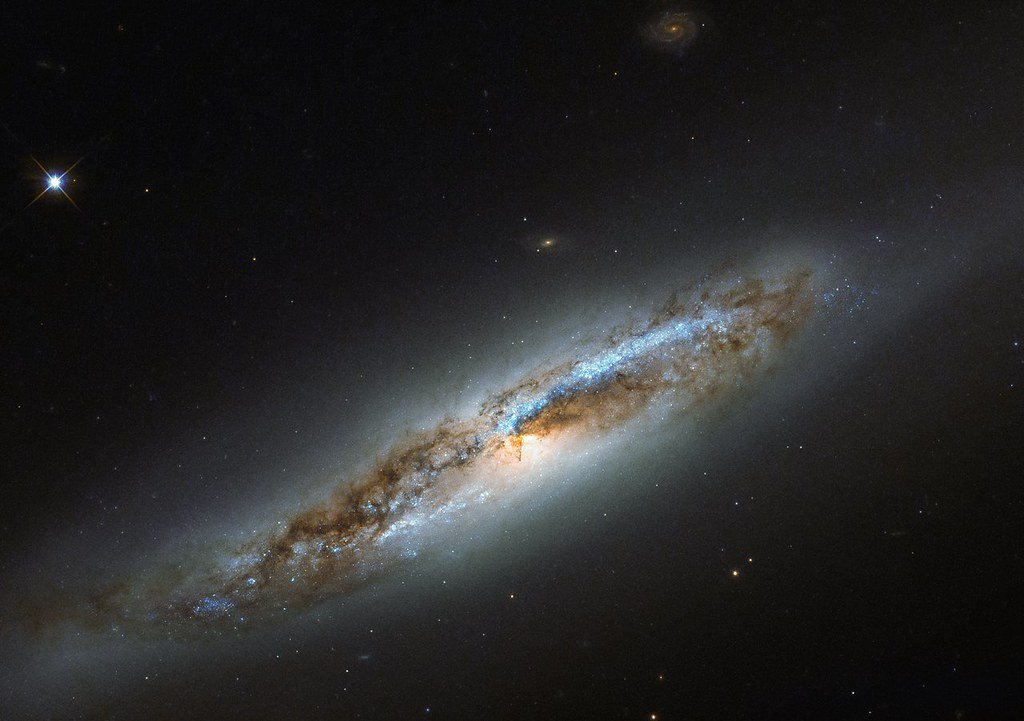
Long before our sun was born, stars lived, died, and exploded, flinging ash and dust across the galaxy. This stardust carried the raw materials for organic chemistry. In deep space, icy dust grains drift through cold clouds, acting like tiny laboratories. There, atoms stick together, forming the first simple organic compounds. These humble beginnings are the universe’s way of setting the stage for planets and, perhaps, life itself. Every time we study a space sample, we’re peering back into these ancient chemical workshops.
Meteorites: Messengers from Deep Space

When a meteorite crashes to Earth, it’s more than just a rock—it’s a delivery from the far reaches of the solar system. Many meteorites, especially carbon-rich ones called carbonaceous chondrites, are packed with organic molecules. Scientists have found amino acids, sugars, and even building blocks of nucleic acids in these space rocks. It’s as if the universe sent us a cosmic care package, full of the same stuff that makes up our own bodies. These discoveries blur the line between Earth and space, showing how closely connected we are to the cosmos.
The Rosetta Mission’s Surprising Finds
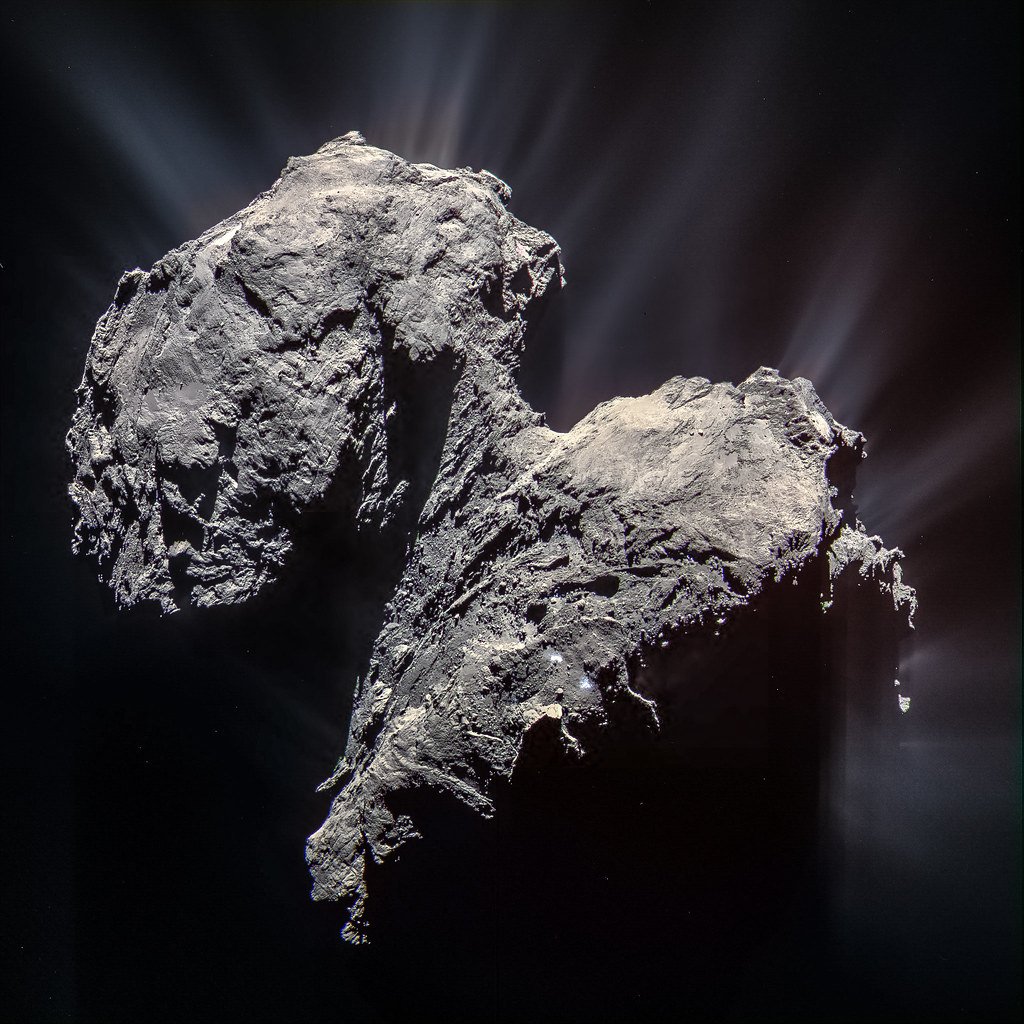
In 2014, the Rosetta spacecraft made history by landing the Philae probe on comet 67P/Churyumov-Gerasimenko. This daring mission revealed a cocktail of organic molecules, including the amino acid glycine and several complex organics. It was a jaw-dropping moment for science: a comet, frozen for billions of years, turned out to be a chemical treasure chest. These results suggested that comets could have delivered the ingredients for life to the early Earth, making them more than just icy wanderers—they’re cosmic chefs, seasoning young worlds with the spice of life.
Hayabusa2 and the Asteroid Ryugu

When Japan’s Hayabusa2 mission returned samples from asteroid Ryugu in 2020, anticipation was sky-high. What scientists found was nothing short of extraordinary: a rich mix of organic molecules, including amino acids, hydrocarbons, and nitrogen-containing compounds. These weren’t just simple molecules—some were surprisingly complex. It showed that asteroids aren’t barren rocks, but lively chemical playgrounds where life’s building blocks can arise. The Ryugu samples offer a direct glimpse into the chemistry that shaped our solar system’s earliest days.
OSIRIS-REx and the Bennu Puzzle
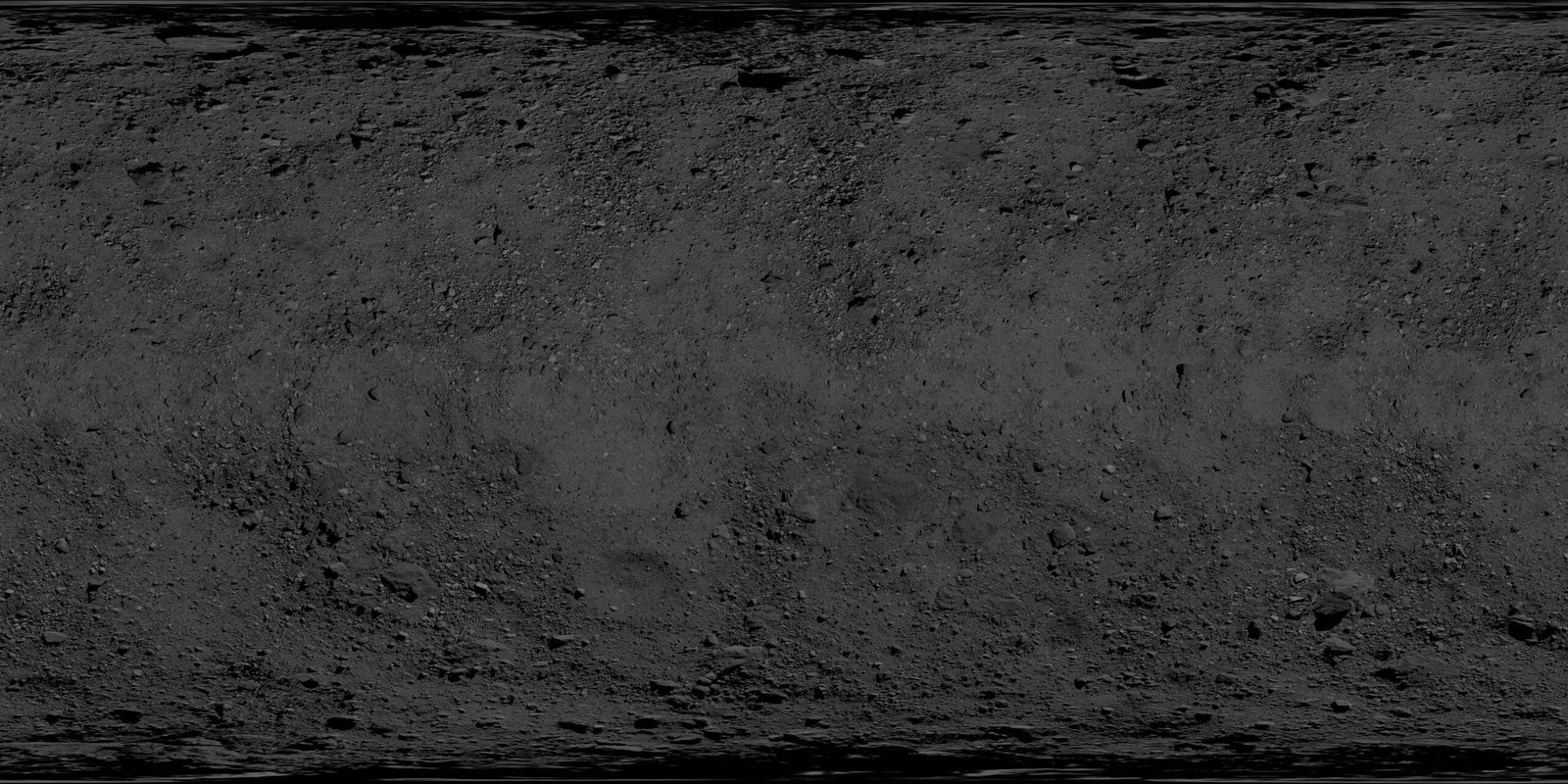
NASA’s OSIRIS-REx mission brought home pieces of the asteroid Bennu, and within them, scientists discovered an even broader array of organics. Among the haul were molecules that could form the backbone of RNA, the cousin of DNA. Bennu’s dark surface turned out to be a goldmine for understanding prebiotic chemistry—the kind that could set the stage for life itself. By analyzing Bennu’s organics, researchers are piecing together how simple compounds might assemble into the complex chemistry of living cells.
Interstellar Visitors: The Case of ‘Oumuamua
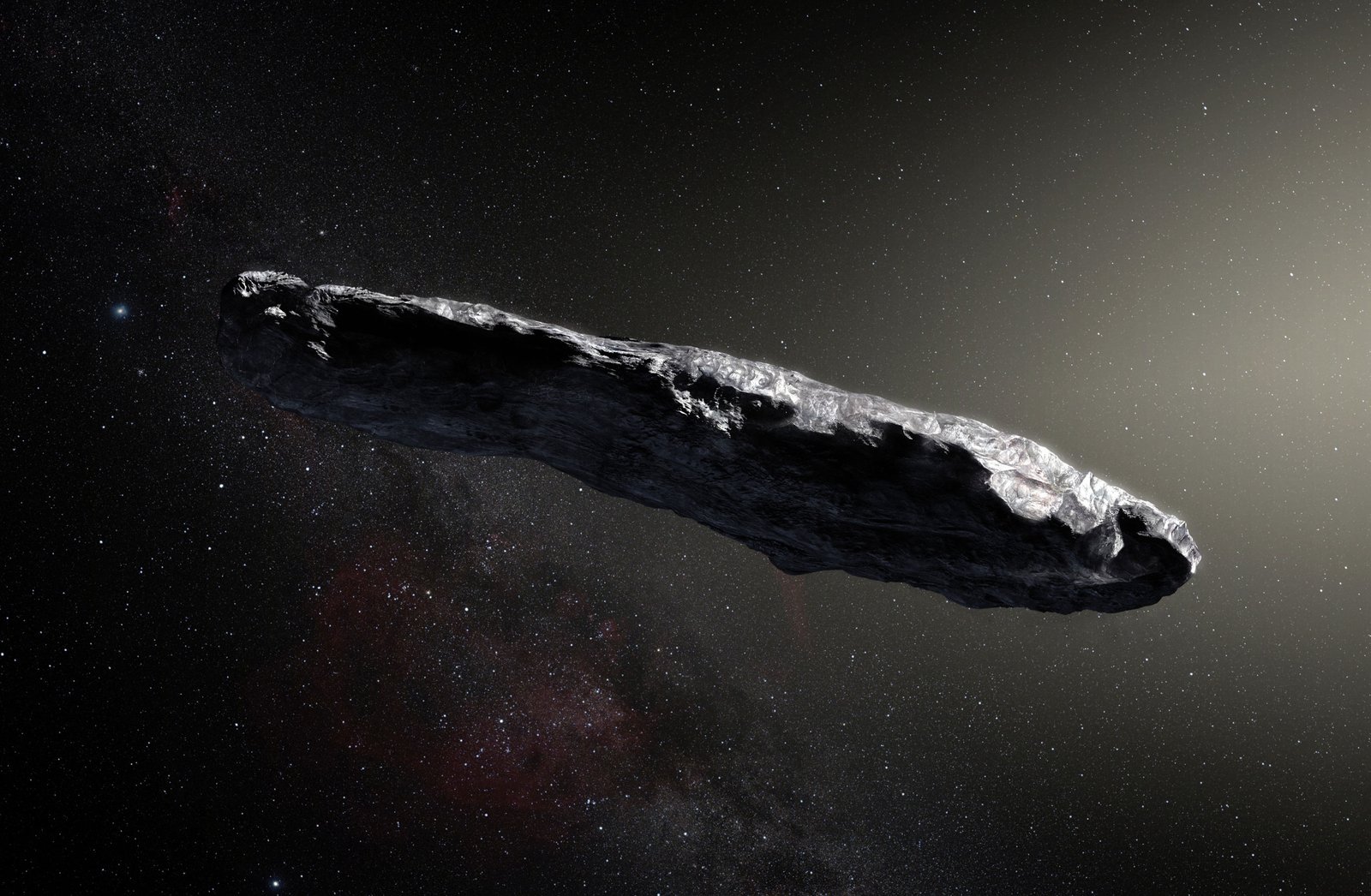
When ‘Oumuamua zipped through our solar system in 2017, it was a true cosmic mystery—a visitor from another star. Though we never collected samples from it, telescopes hinted at a surface rich in organic compounds. This was a wake-up call: the stuff of life isn’t confined to our solar system. Interstellar objects might be carrying organic molecules across unimaginable distances, spreading seeds of chemistry wherever they go. ‘Oumuamua’s fleeting visit reminded us how little we know about the universe’s chemical possibilities.
Laboratory Revelations: Simulating Space Conditions

Back on Earth, scientists recreate the harsh conditions of space in the lab—freezing temperatures, radiation, and cosmic dust. These experiments have shown that organic molecules not only survive but sometimes thrive in space-like environments. Ultra-cold reactions can build complex molecules, while radiation can spark new chemical bonds. It’s a little like baking cookies in a freezer—unexpected, but deliciously possible. These lab results give us confidence that the chemistry we see in space samples is just the tip of the iceberg.
The Role of Water in Cosmic Synthesis

Water isn’t just for drinking—it’s a powerful solvent that can drive chemical reactions. Many space samples, from meteorites to comet dust, show evidence of past contact with water. This interaction helps create more complex organic molecules. On early Earth, these ingredients could have mixed in warm, wet environments to spark the first living systems. The presence of water in asteroids and comets hints at a universe where chemistry and habitability go hand in hand.
Chirality: The Cosmic Handedness Mystery

One of the quirkiest findings in space chemistry is chirality—molecules that, like your hands, come in left- and right-handed forms. Life on Earth uses mostly left-handed amino acids, a puzzling preference. Intriguingly, some space samples show an excess of left-handed amino acids, too. This suggests that life’s handedness might not be a random choice, but a cosmic inheritance. The reason for this imbalance remains one of the universe’s most tantalizing mysteries.
Isotopic Fingerprints: Tracing Origins
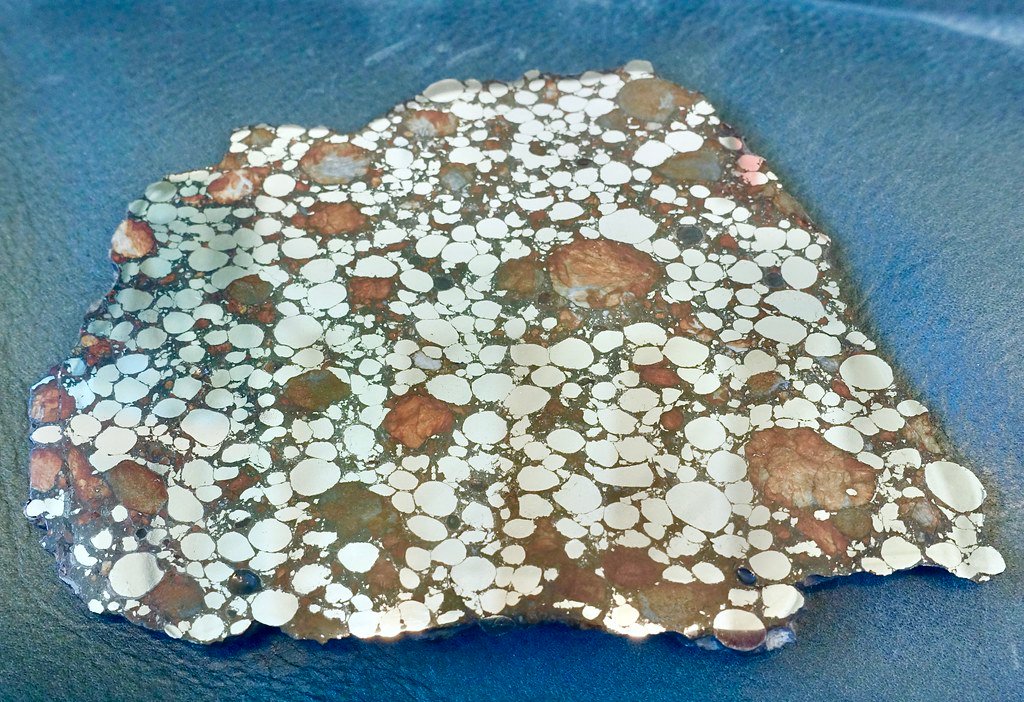
Every element has different versions, called isotopes, which leave unique fingerprints in molecules. By studying isotopic ratios in space organics, scientists can tell where and how these molecules formed. For example, meteorites often carry heavy hydrogen and nitrogen, pointing to interstellar origins. These fingerprints are like cosmic ID cards, helping researchers map the journeys of organic molecules across time and space.
The Building Blocks of DNA and RNA

Perhaps the most exciting discoveries are molecules that resemble those in DNA and RNA—the instructions for life. Nucleobases like adenine and guanine have been found in meteorites, along with simple sugars. These are the same ingredients that make up our genetic code. Their presence in space samples suggests that the recipe for life is not just an Earthly invention, but a cosmic tradition.
The Limits and Surprises of Space Chemistry
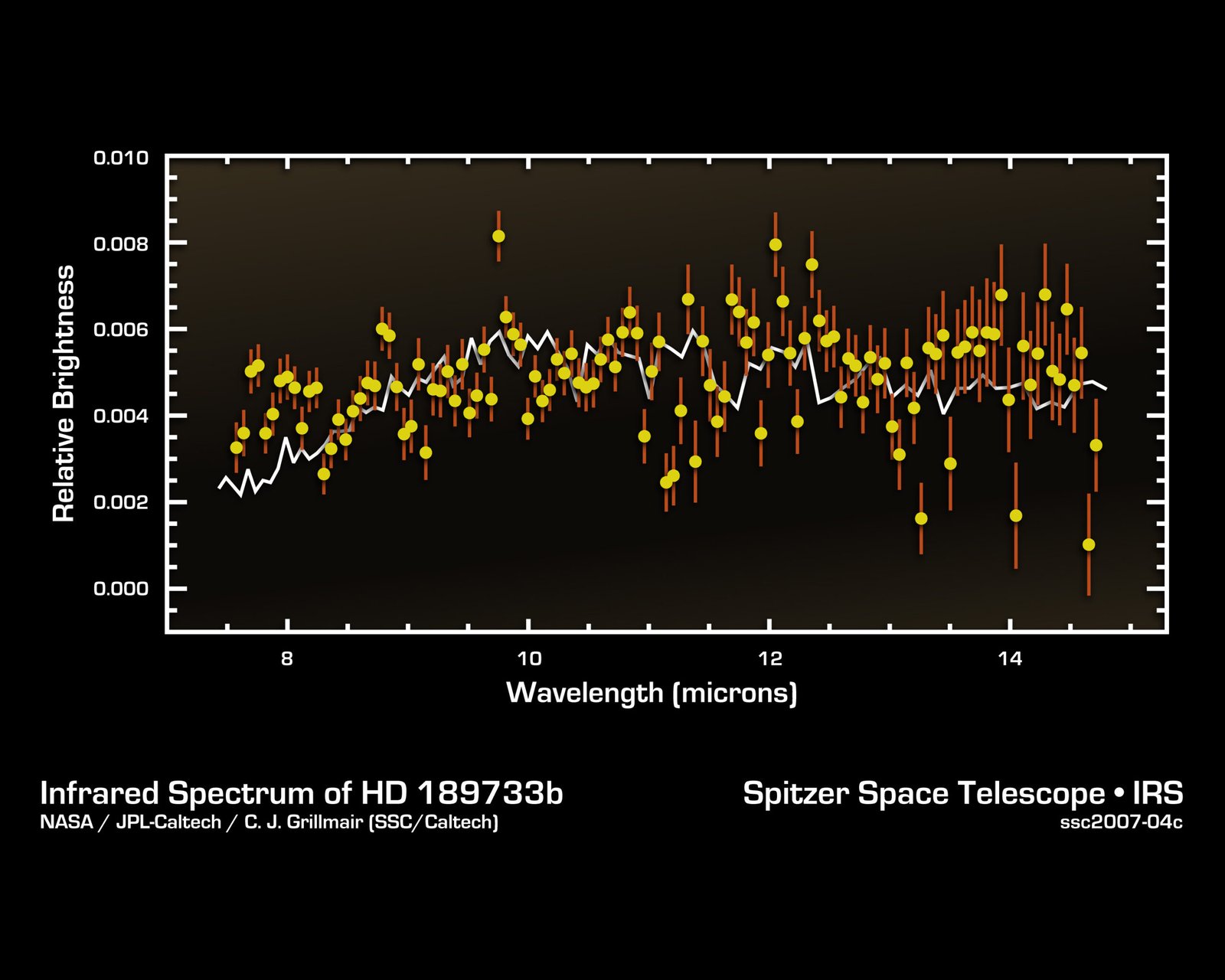
Not all space organics are Earth-like. Some molecules found in meteorites and comets are downright alien, with structures not seen in living things. This raises fascinating questions: Could life elsewhere use different chemistry? Are there forms of life we wouldn’t even recognize? Each new sample brings surprises, challenging our assumptions and expanding our definition of what’s possible.
The Delivery Theory: Cosmic Rainfall
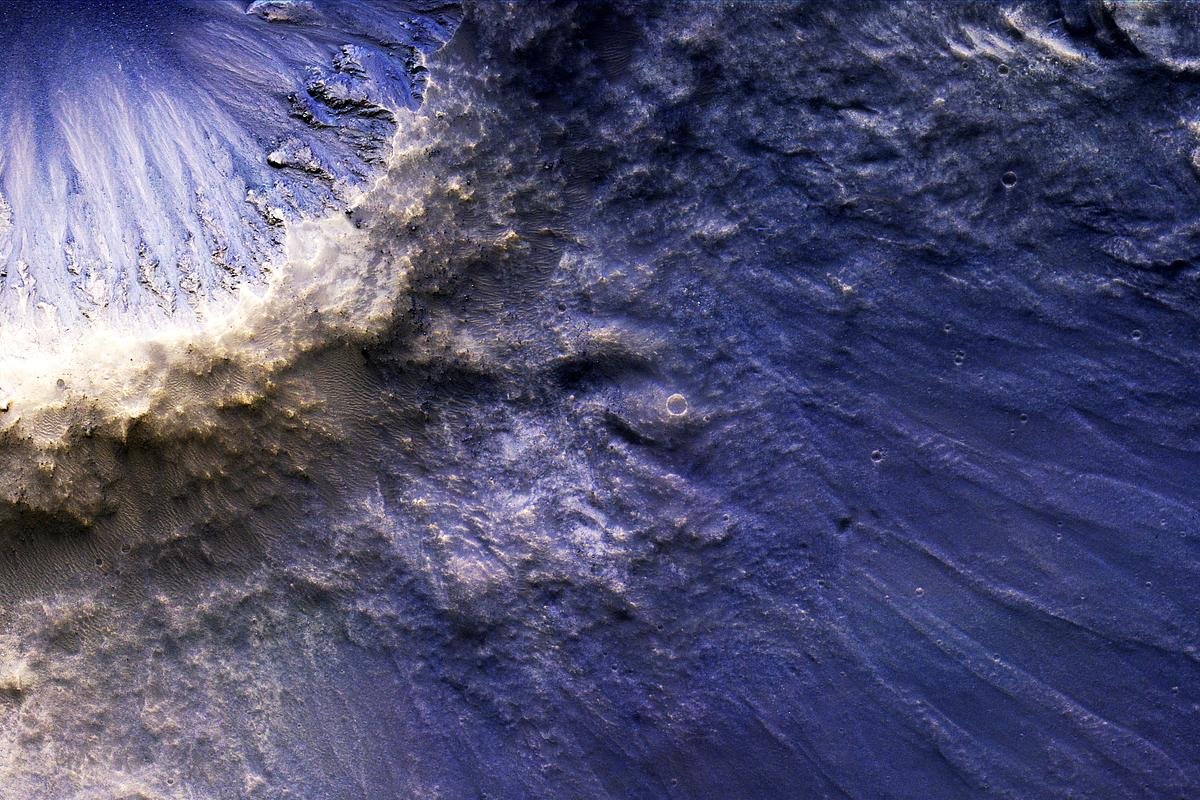
One leading idea is that organic molecules rained down on early Earth, delivered by asteroids, comets, and meteorites. This “delivery theory” suggests that life’s raw materials arrived from space, mixing with Earth’s own chemistry to spark biology. Each meteorite impact was like a cosmic lottery ticket, with the chance of hitting the jackpot for life. The evidence grows with every new space sample.
Searching for Life Beyond Earth

The discovery of organic molecules in space samples changes how we search for life elsewhere. Mars, Europa, and Enceladus all show hints of organics. Missions are now equipped with tools specially designed to sniff out these molecules. Scientists know what to look for, and every new detection feels like a heartbeat, a pulse in the search for extraterrestrial life. It’s not just about finding microbes, but understanding the chemistry that could make life possible anywhere.
What’s Next: Future Missions and Discoveries
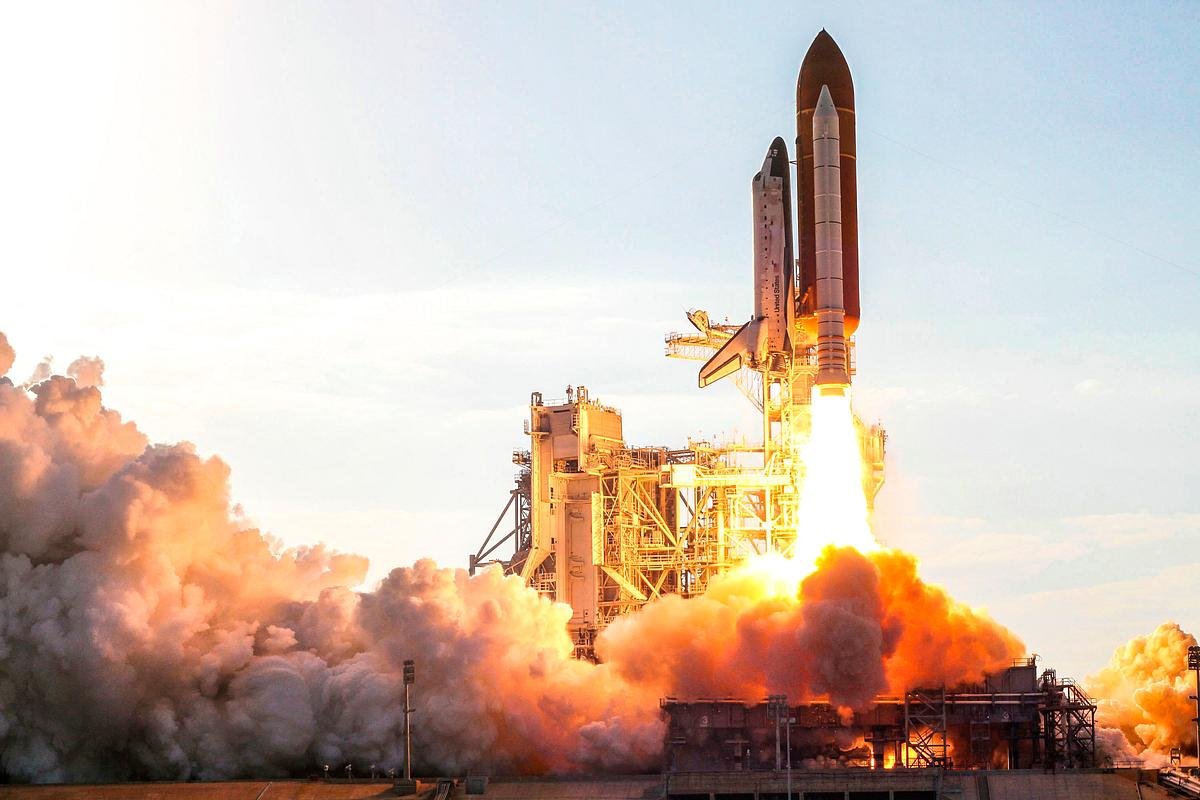
The adventure is far from over. New missions are planned to bring back samples from Mars, comets, and even more distant asteroids. Each one promises fresh insights into the cosmic chemistry of life. Scientists dream of finding more complex molecules, or even evidence of prebiotic reactions. The more we look, the more we find that life’s story is written not just on Earth, but across the stars.
The Profound Implications for Humanity
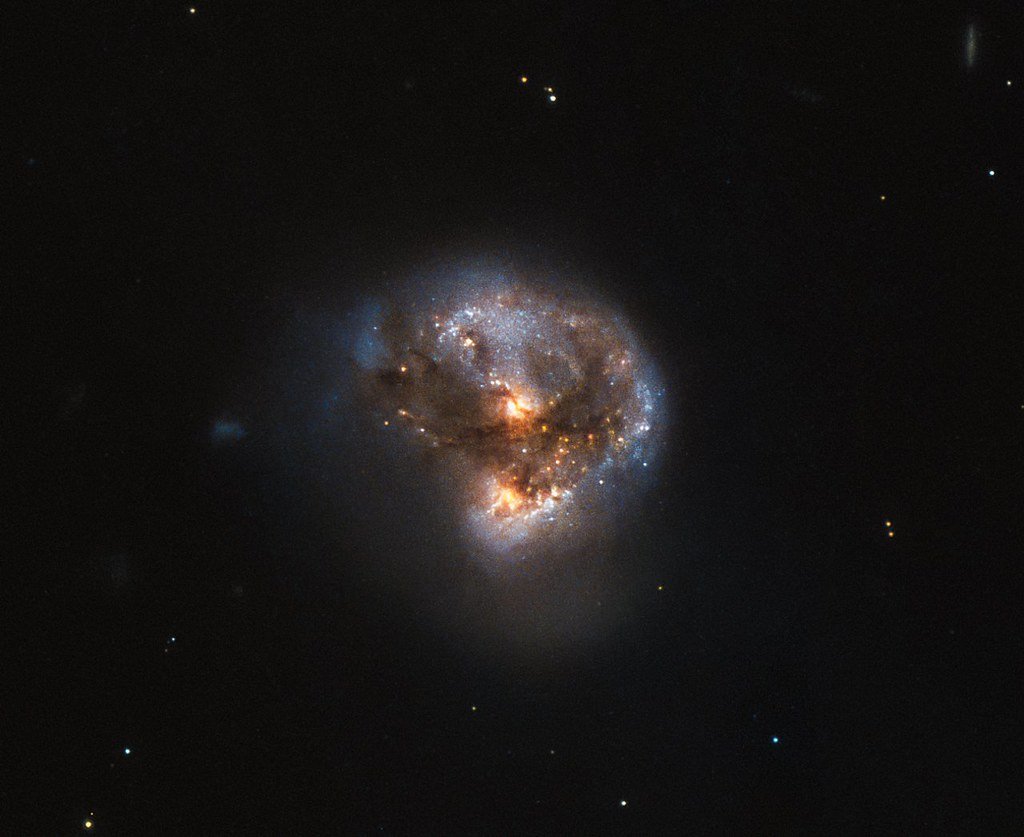
These discoveries force us to rethink our place in the universe. If organic molecules are everywhere, maybe life is too. The line between “out there” and “down here” gets blurrier with every new sample. We are, quite literally, made of stardust—connected to the cosmos in ways both poetic and scientific. The search for life’s origins is a journey that starts with a grain of cosmic dust and ends with the biggest questions we can ask: Are we alone? What else is possible?




